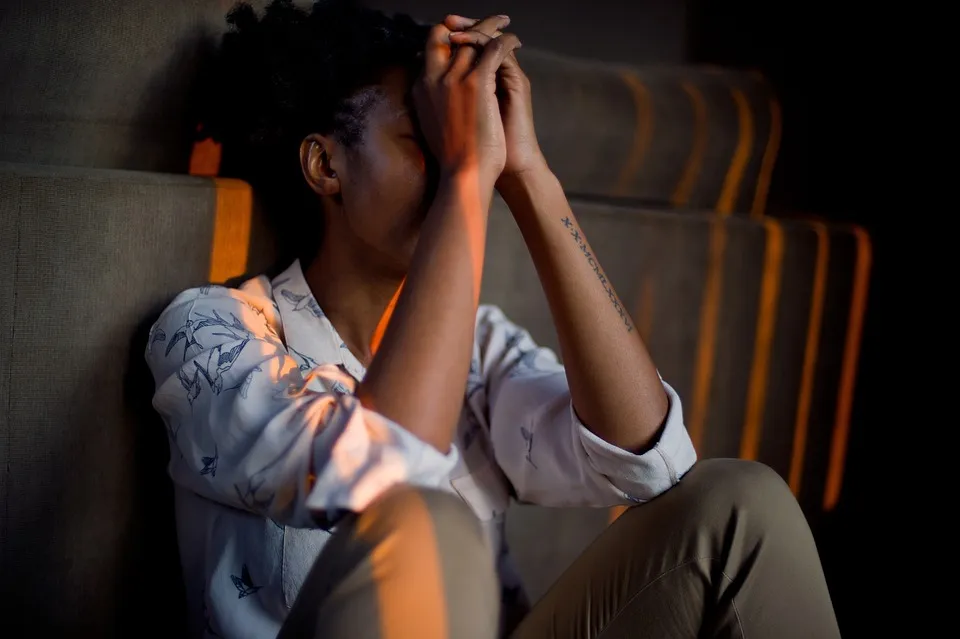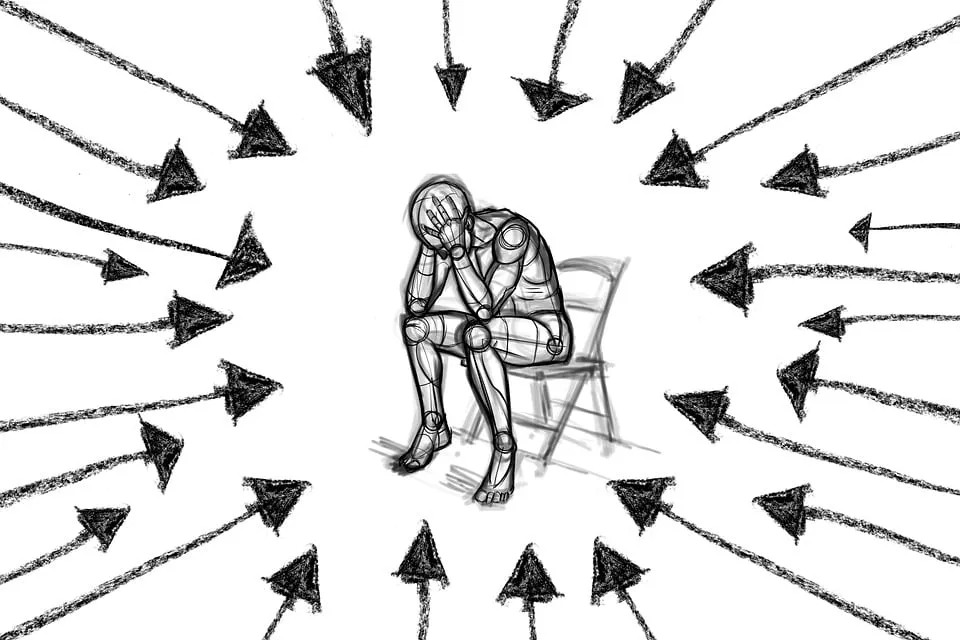Una introducción necesaria
Pero, dentro de esas experiencias, hay dos que me marcaron para toda la vida y, en ambos casos, fueron con estudiantes de secundaria básica, es decir, con adolescentes.
¿Cómo actuar antes esas situaciones? Fue una interrogante que estuvo en mi cerebro antes de comenzar a abordar las problemáticas encontradas.
¿Cómo resolver estas situaciones? Nuestra mayor prioridad fue encontrar las causas que generaban los problemas y actuar en consecuencia.
Hoy, les traigo algunos elementos de estas experiencias de vida que, mucho tiempo después, se convirtieron en un trabajo de investigación, para la especialidad que cursé, en Sicología-Pedagogía.
Antes de continuar, invito a @osismi y @zorili91 para que participen en la iniciativa.
Dos experiencias de vida
En los años 1994 y 1998, trabajé como profesor de dos secundarias básicas. Esta es una etapa en la que los estudiantes cursan los grados sétimo, octavo y noveno, con edades comprendidas, entre los 12-15 años.
Como puede apreciarse son etapas de la adolescencia, en la que los seres humanos están pasando por una etapa de sus vidas que adolecen de herramientas para enfrentarse a problemas que se le presentan y, muchas veces se frustran, se hacen daño, se deprimen y, en algunas ocasiones, llegan a intentar contra sus vidas.
Lo anterior me ocurrió con estudiantes a los que les impartía clases.
En el primer caso, una estudiante muy inteligente comenzó a dar muestras de despreocupación, no hacer tareas, se veía con tristeza en sus ojos y manifestaba no querer ir para su casa. Cuando visité su casa el cuadro que me encontré fue muy duro: Madre casi ciega, padrastro alcohólico que abusaba de hechos y de palabras de ambas y, las tenía amenazadas con sacarlas de la casa, pues, él era el propietario de la vivienda.
En el segundo caso, fue con un grupo de estudiantes que no querían asistir a las actividades culturales que se hacían en la escuela, tenían actitudes agresivas, no mostraban interés por el estudio y sus comportamientos no eran adecuados. Al visitarlos, pude percatarme que vivían con familias disfuncionales, estilos de vida desordenados, consumos de bebidas alcohólicas y actitudes no acordes para ser vividas por niños de esas edades.
La salud mental y otras aristas
Cuando comencé a buscar las causas de estos comportamientos, me percaté que la carga emocional negativa que tenían estos muchachos, los factores comunitarios que incidían sobre ellos, la mala atención de sus familias y las condiciones de vida no eran favorables para el desarrollo normal de sus personalidades.
En tal sentido, nos percatamos que físicamente los muchachos estaban bien, demostrado en sus clases de Educación Física y en su porte personal. Ninguno había acudido al médico ni tenía ninguna enfermedad o limitación. Tampoco tenían ningún tipo de trastorno síquico o problemas de discapacidad.
¿Qué pasaba entonces?
La salud mental de ellos estaba afectada porque los factores antes descritos afectaban su bienestar emocional y sicológico, por lo que mostraban desinterés y su rendimiento y comportamientos no eran los adecuados.
¿Cómo actuar?
Fue un proceso difícil, duro y que me llevó tiempo abordar. Debo decir, además, que tuve que buscar apoyo en otras personas de la escuela, la comunidad y en mi propia familia.
En el primer caso, tuve que llevar a la niña, por un tiempo, para mi casa porque no quiso ir para la suya. Comencé a buscar todas las alternativas, para solucionar la situación: Visité la asistencia social, intenté trabajo educativo con el padrastro y la madre. Todo esto fue infructuoso porque el maltrato siguió, pero, el trabajo previo y la denuncia oportuna permitieron que a la madre le dieran una vivienda y la niña retornó a vivir con ella. Hoy es una doctora, especialista en Pediatría que agradece lo que hicimos por ella.
El segundo caso fue mucho más difícil porque eran más personas.
Aquí nos dimos a la tarea de hacer encuentros con la familia de los estudiantes, darles temas sobre los comportamientos agresivos y sus consecuencias en las edades juveniles; el uso de las sustancias nocivas y su impacto en la salud de los niños, adolescentes y jóvenes, la importancia del apoyo familiar en la educación de los hijos; entre otros.
Debo decir que, en este caso los resultados fueron muy positivos y el cambio de estudiantes y familia fue significativo.
Cuidados de la salud mental
Lo anterior se logró porque pudimos realizar prácticas que permitieron mejorar la salud mental de nuestros estudiantes e incidir en el mejoramiento de la familia. Para eso:
• Le dimos herramientas que les permitieran comprender la importancia de esta temática y pudieran asumir una actitud responsable.
• Buscamos las maneras de que hicieran actividades saludables como ejercicios físicos, deportes, leer, jugar que los alejaras de actividades nocivas y les evitara tener actitudes depresivas o estrés.
• Buscamos apoyos en profesionales que les impartieron charlas sobre el tema, para que pudieran actuar en consecuencia y conocieran sus efectos negativos,
• Todos los meses, hicimos chequeos emulativos y reconocimos a los que se destacaban en cualquier aspecto por sencillo que pareciera. Esto les subió la autoestima y los convocó a seguir mejorando.
Esas y otras acciones fueron realizadas, pero harían más larga la publicación.
Es cierto que, no todos los problemas fueron resueltos, pero, la mayoría de los estudiantes y sus familias se integraron a estas prácticas que, terminaron siendo un proyecto realizado por el autor que arrojó resultados muy positivos. Ll mayor de ellos fue que, la mayoría de sus integrantes son profesionales y todos, hasta donde sé, son personas de bien.
¿Qué piensa usted?
Nota: He utilizado el traductor de Google.
Las fotos las tomé de Pixabay.
ENGLISH
A necessary introduction
This is one of the most impactful topics of those that I have participated in the ecosystem and, the fundamental reason is because I had several life experiences related to this topic, essentially due to my work as a teacher, for 30 years.
But, within those experiences, there are two that marked me for life and, in both cases, they were with high school students, that is, with adolescents.
How to act before these situations? It was a question that was in my brain before I began to address the problems found.
How to resolve these situations? Our highest priority was to find the causes that generated the problems and act accordingly.
Today, I bring you some elements of these life experiences that, much later, became a research work, for the specialty I studied, in Psychology-Pedagogy.
Before continuing, I invite @osismi and @zorili91 to participate in the initiative.
Two life experiences
In the years 1994 and 1998, I worked as a teacher at two secondary schools. This is a stage in which students attend the seventh, eighth and ninth grades, with ages between 12-15 years old.
As can be seen, these are stages of adolescence, in which human beings are going through a stage in their lives that lacks the tools to confront problems that arise and, many times, they become frustrated, hurt themselves, become depressed and, On some occasions, they even try to kill them.
The above happened to me with students I taught classes to.
In the first case, a very intelligent student began to show signs of carelessness, did not do homework, had sadness in her eyes and stated that she did not want to go home. When I visited their house, the picture I found was very harsh: an almost blind mother, an alcoholic stepfather who abused both of their actions and words and threatened to throw them out of the house, since he was the owner of the house.
In the second case, it was with a group of students who did not want to attend the cultural activities that were held at school, had aggressive attitudes, did not show interest in studying and their behaviors were not appropriate. When I visited them, I realized that they lived with dysfunctional families, disordered lifestyles, consumption of alcoholic beverages, and attitudes that were not appropriate for children of that age.
Mental health and other aspects
When I began to look for the causes of these behaviors, I realized that the negative emotional burden that these boys had, the community factors that affected them, the poor attention from their families and the living conditions were not favorable for the normal development of their children. personalities.
In this sense, we realized that the boys were physically well, demonstrated in their Physical Education classes and in their personal demeanor. None had gone to the doctor nor had any illness or limitation. They also did not have any type of psychological disorder or disability problems.
What was happening then?
Their mental health was affected because the factors described above affected their emotional and psychological well-being, which is why they showed disinterest and their performance and behaviors were not adequate.
How to act?
It was a difficult, hard process that took me time to address. I must also say that I had to seek support from other people at school, the community and my own family.
In the first case, I had to take the girl to my house for a while because she didn't want to go to hers. I began to look for all the alternatives to solve the situation: I visited social assistance, I tried educational work with the stepfather and mother. All of this was unsuccessful because the abuse continued, but the previous work and the timely complaint allowed the mother to be given a home and the girl returned to live with her. Today she is a doctor, a specialist in Pediatrics who appreciates what we did for her.
The second case was much more difficult because there were more people.
Here we took on the task of holding meetings with the students' families, giving them topics about aggressive behaviors and their consequences in youth; the use of harmful substances and its impact on the health of children, adolescents and young people, the importance of family support in the education of children; inter alia.
I must say that, in this case, the results were very positive and the change in students and families was significant.
Mental health care
The above was achieved because we were able to carry out practices that allowed us to improve the mental health of our students and influence the improvement of the family. For that:
• We gave them tools that would allow them to understand the importance of this issue and to assume a responsible attitude.
• We looked for ways for them to do healthy activities such as physical exercises, sports, reading, and playing that would keep them away from harmful activities and prevent them from having depressive attitudes or stress.
• We sought support from professionals who gave them talks on the subject, so that they could act accordingly and know its negative effects,
• Every month, we did emulative checks and recognized those who stood out in any aspect, no matter how simple it seemed. This raised their self-esteem and encouraged them to continue improving.
These and other actions were carried out, but they would make the publication longer.
It is true that not all problems were resolved, but most of the students and their families integrated into these practices, which ended up being a project carried out by the author that yielded very positive results. The greatest of them was that most of its members are professionals and all, as far as I know, are good people.
What do you think?
Note: I have used the Google translator.
I took the photos from Pixabay.



